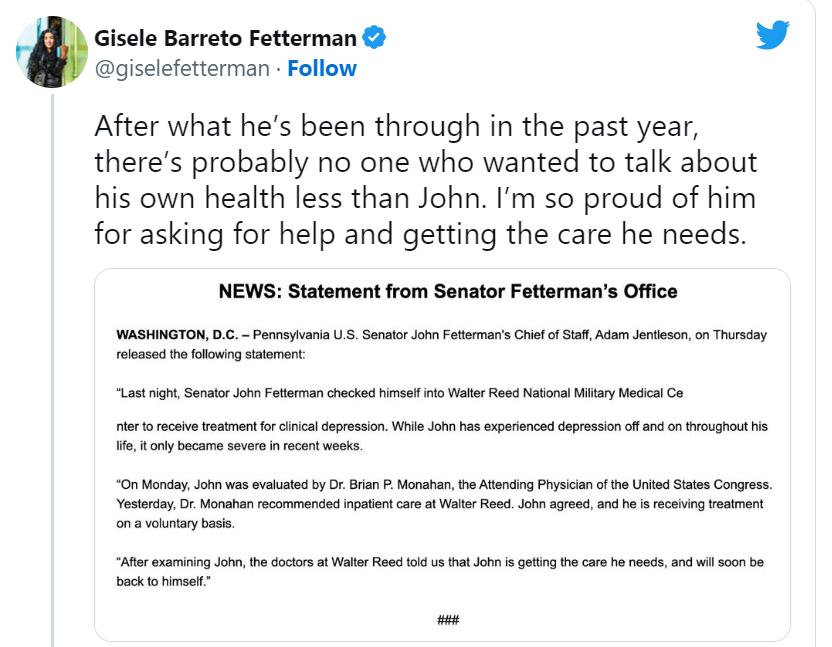Calhoun is doing what any good CEO would do: spin the news, convey confidence, and keep employees motivated. Focusing on the future, the subtitle sums up the message, “Steadily building momentum.” Calhoun starts by thanking employees, and a short video shows fourth quarter achievements. The message doesn’t mention the $663 million quarterly loss or the $5.01 billion loss in 2022 but instead focuses on “more than $3 billion in free cash flow.”
Calhoun acknowledges, “we have more work ahead to drive stability in our operations and within the supply chain.” But, overall, the bad-news message sounds positive. And maybe it is good news, considering the 737 Max history and that the stock lost nearly 39% in the past 5 years.
The full message is below. Side note: The Wall Street Journal reports, at some point in his communications, Calhoun said he expects operating margins to be “bouncy” this year, an odd term for a plane manufacturer. Will they be turbulent?
Boeing CEO Updates Employees on 4th-Quarter Results
CHICAGO, Jan. 25, 2023 —Boeing President and CEO Dave Calhoun shared the following message with employees today addressing the company’s fourth-quarter results:
Team,
We delivered a solid fourth quarter. As we report our financial results today, I want to start by saying thank you. Together, we’re making important strides and steadily improving performance. Your resilience and hard work are building momentum, and we’re well on our way to restoring the operational strength we expect of ourselves at Boeing.
We generated more than $3 billion in free cash flow in the fourth quarter, driven by progress in our performance and strong demand. This helped us generate positive full-year free cash flow for the first time since 2018, an important metric in our recovery.
Our teams across the enterprise delivered on several key milestones and I encourage you to watch some of our fourth-quarter highlights in the video below. [omitted]
While we have made meaningful progress, challenges remain and we have more work ahead to drive stability in our operations and within the supply chain.
This will be another important year for us as we look to steadily increase our production rates, further improve performance, progress in our development programs and deliver on our commitments. Through it all, we will keep safety, quality and transparency at the forefront.
We’re proud of how we closed out 2022, and despite the hurdles in front of us, we’re confident in our path ahead. Demand is strong and our portfolio is well positioned. We have a robust pipeline of development programs, we’re innovating for the future and we’re increasing investments to prepare for our next generation of products.
Thank you for all you do to support our customers, our company and each other. I am proud of our team and excited about our future.
Dave























